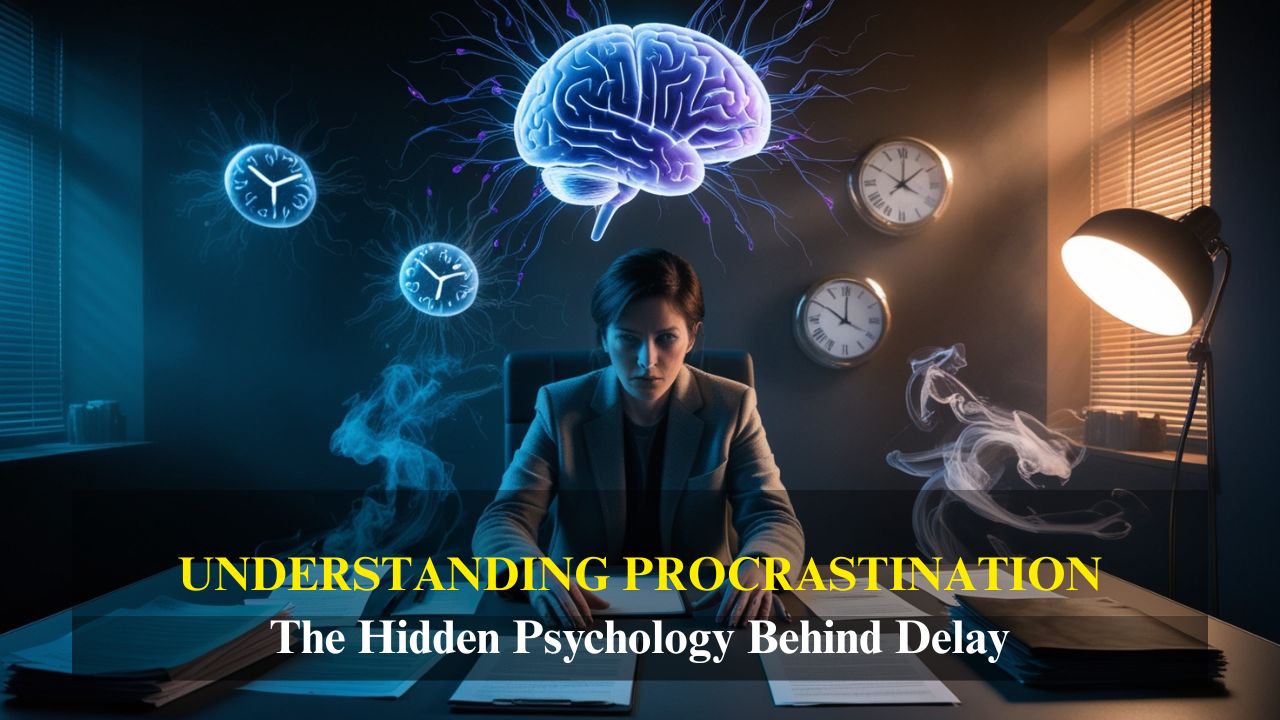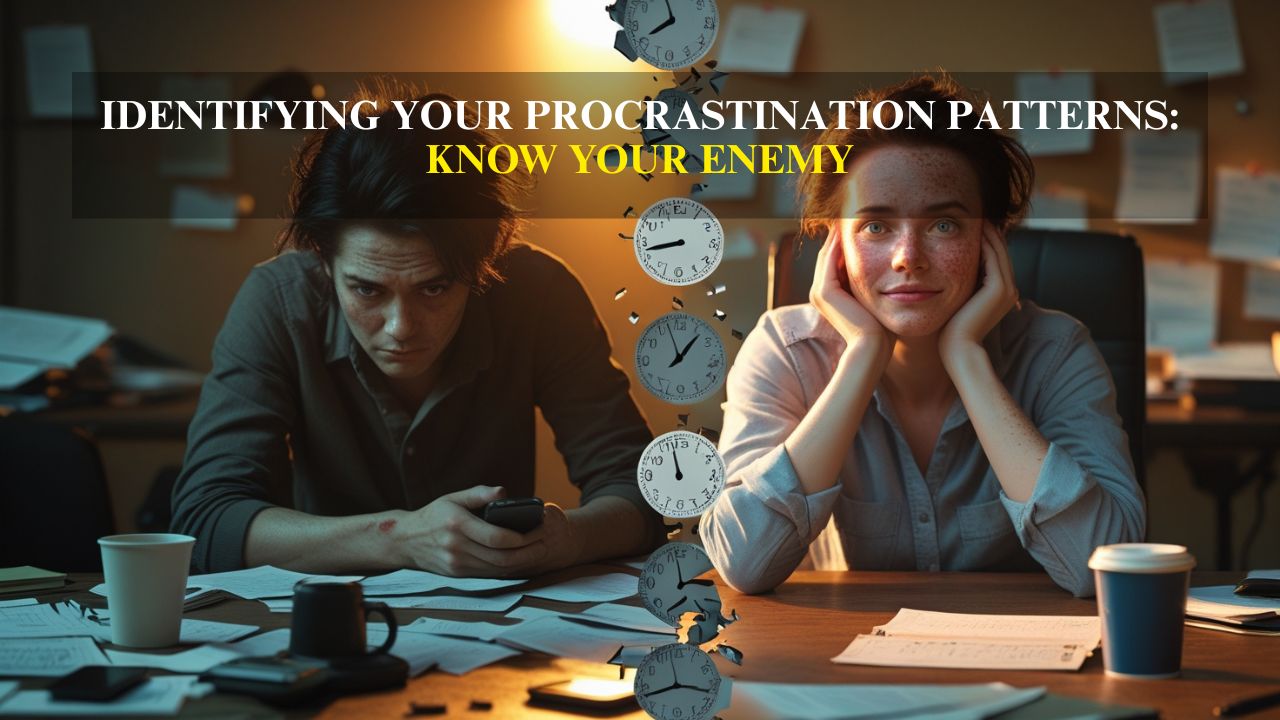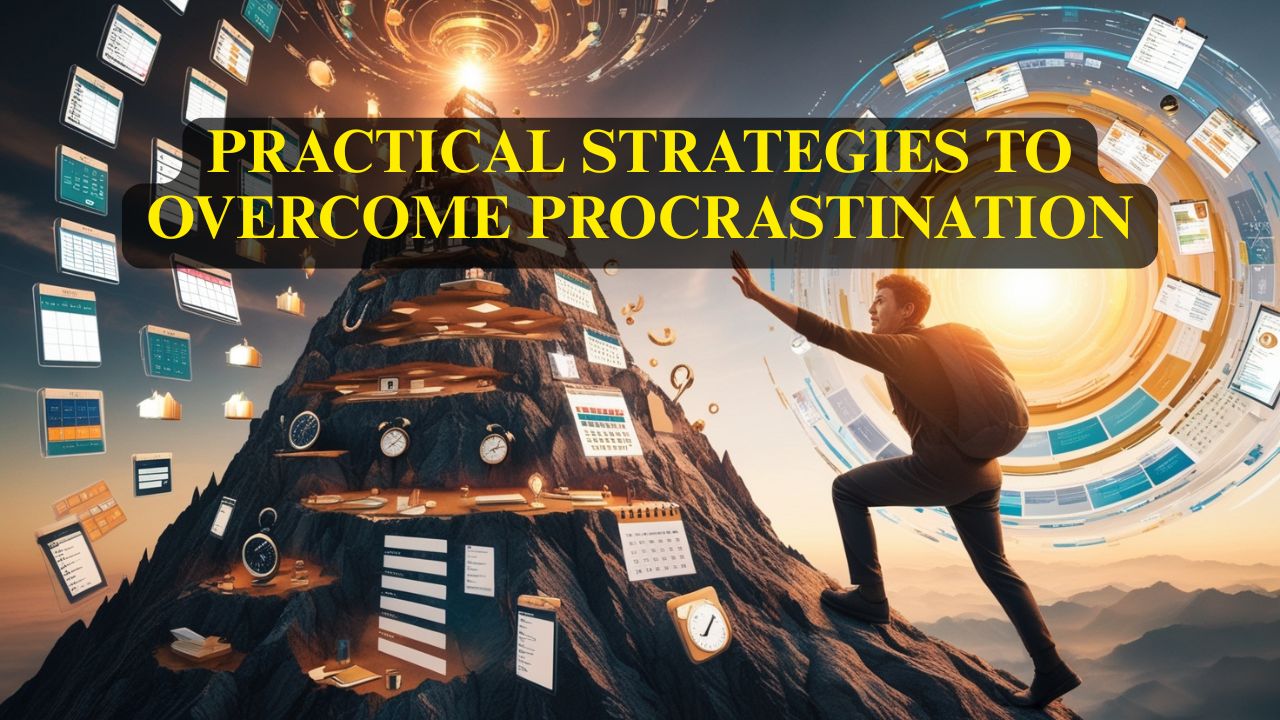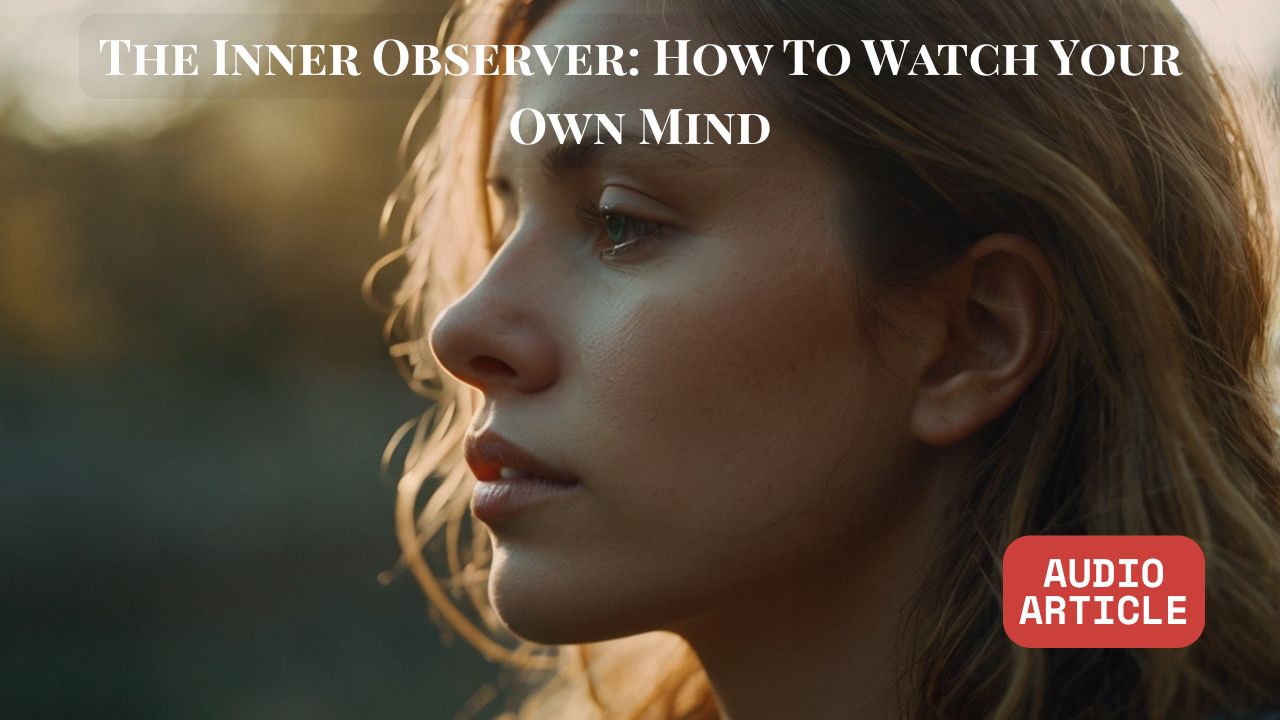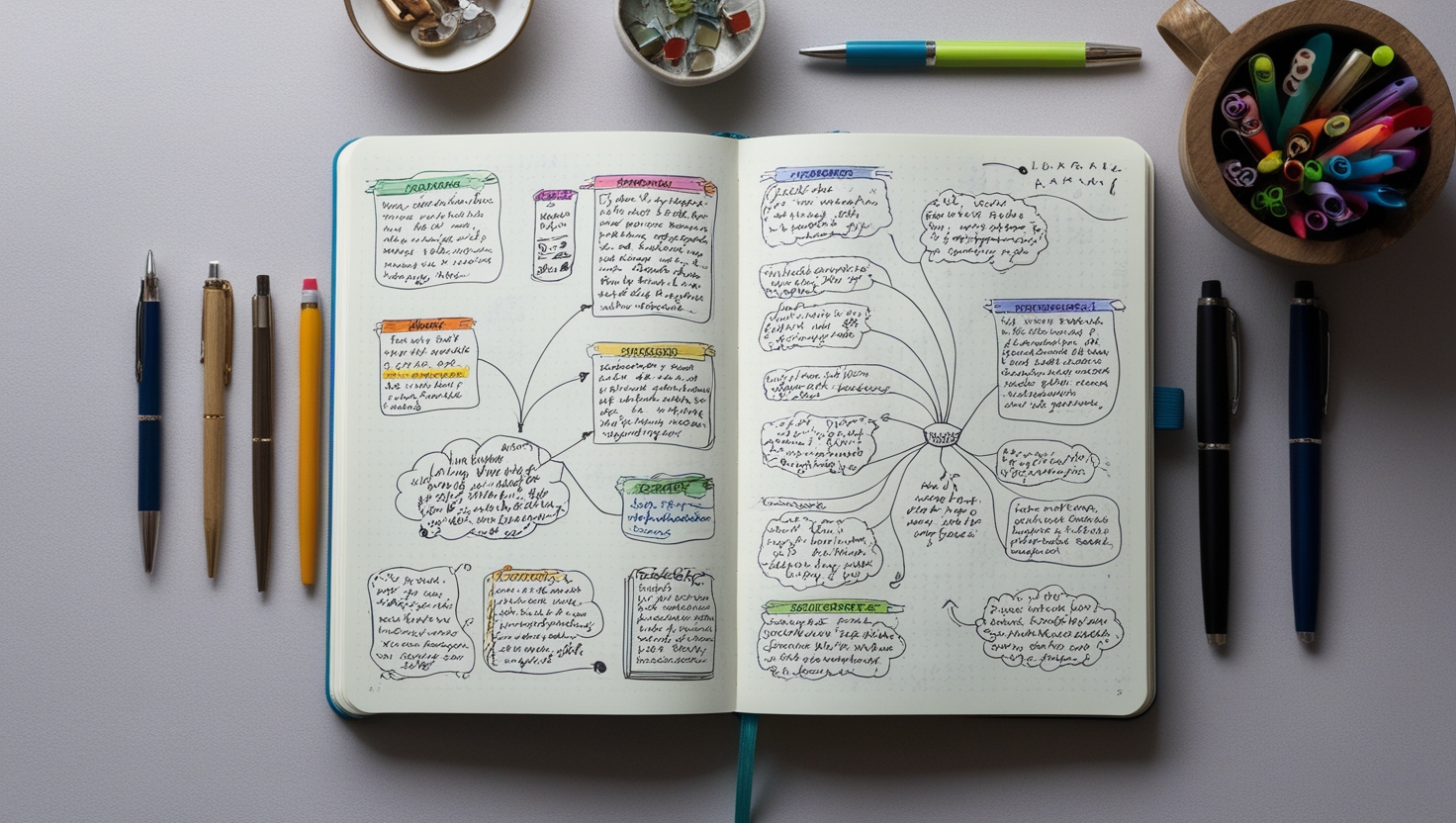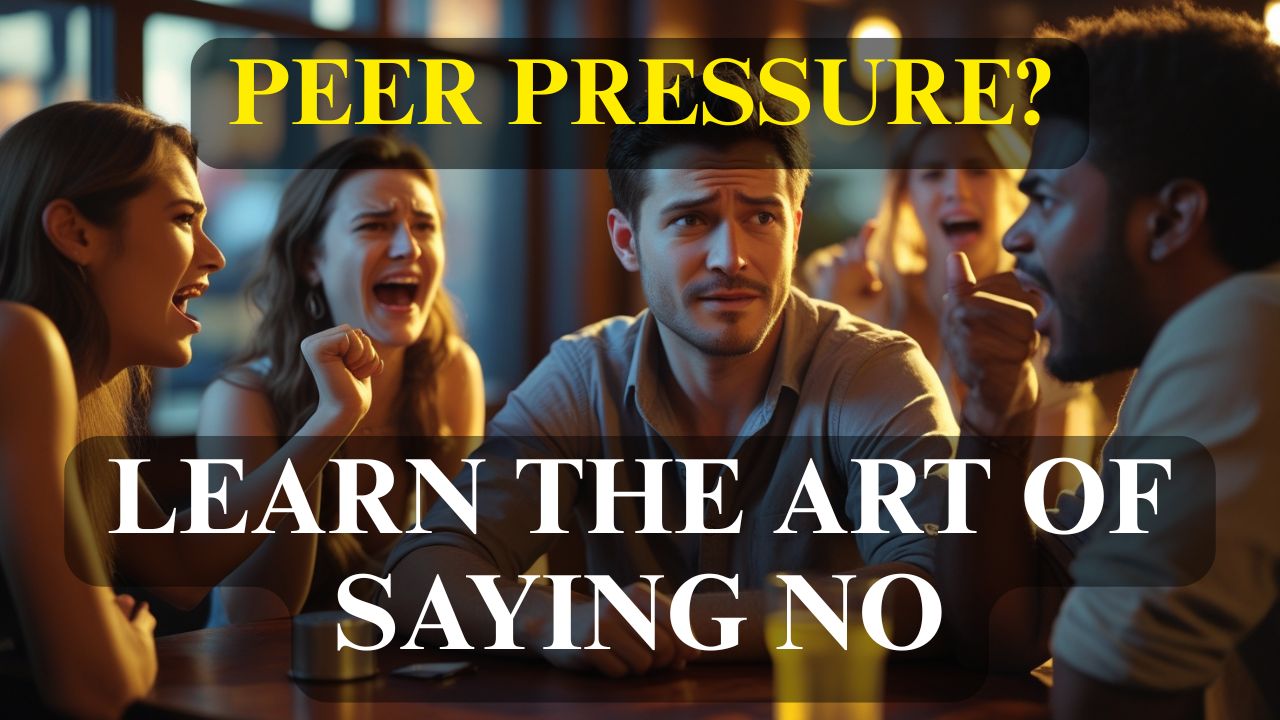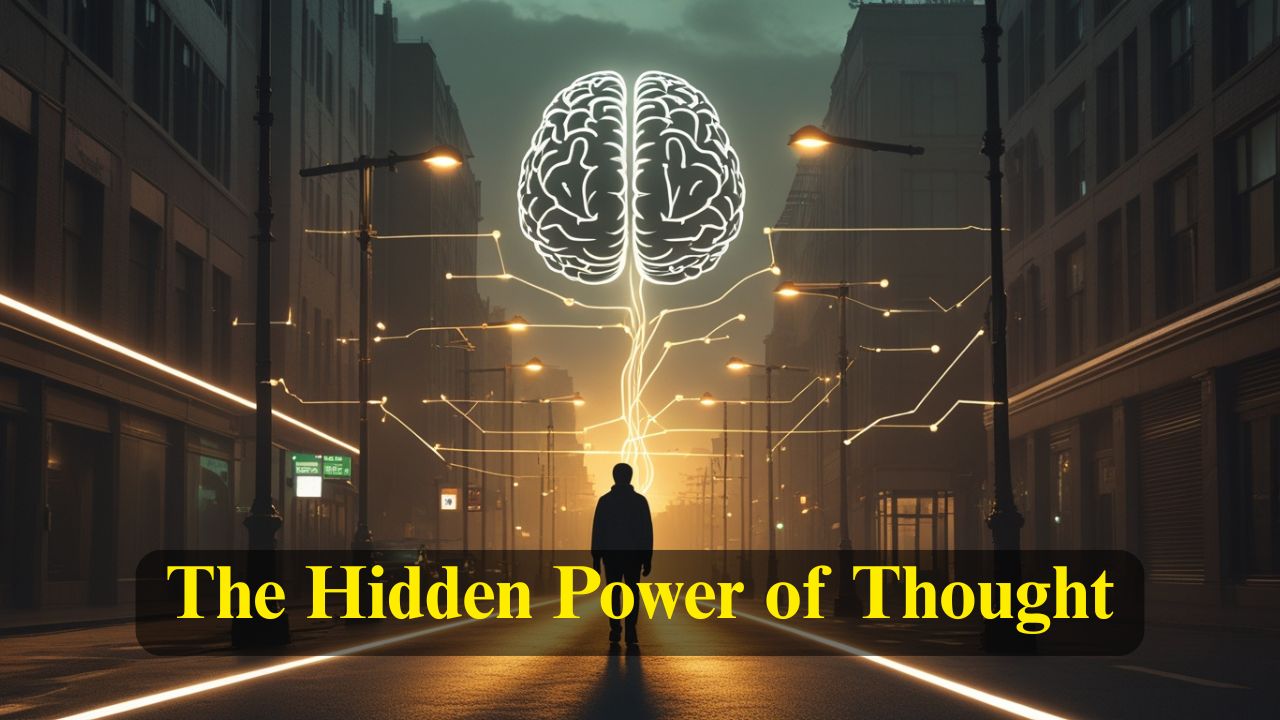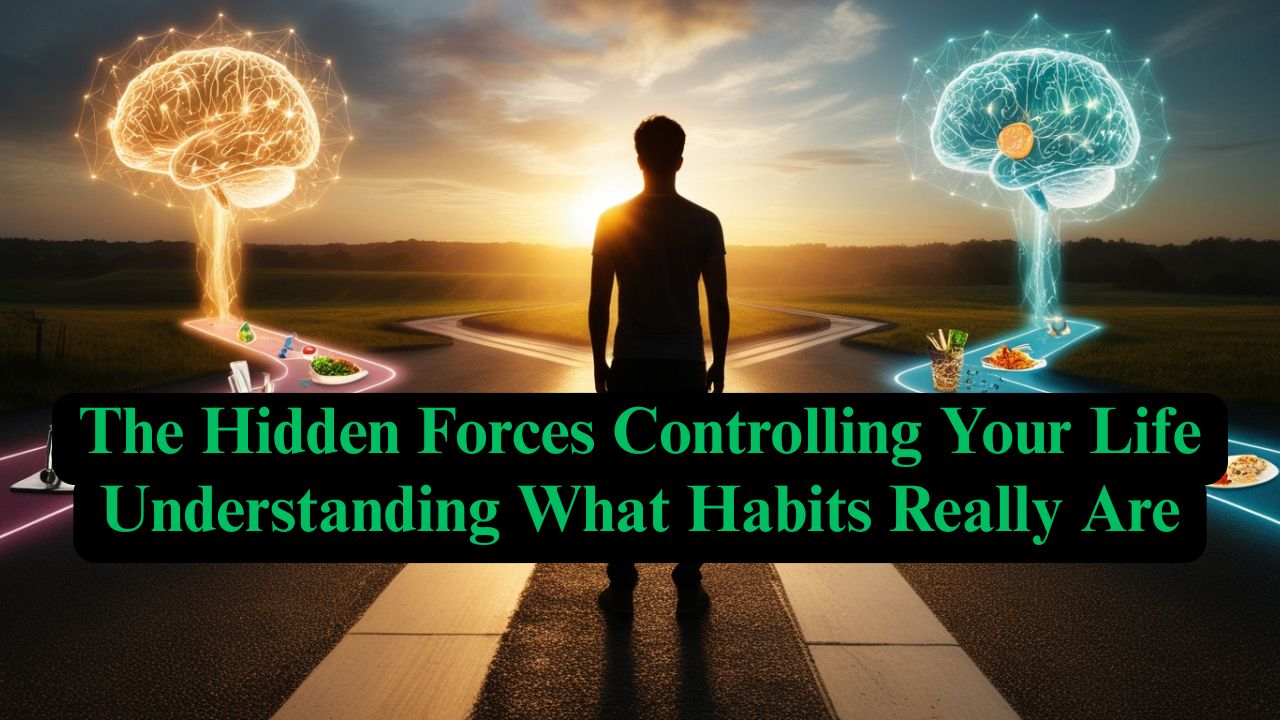The Inner Observer: How to Watch Your Own Mind
Think about the last time you caught yourself lost in thought. Maybe you were driving and suddenly realized you'd traveled several miles without really paying attention. Or perhaps you found yourself replaying an argument from days ago, getting worked up all over again about something that was already over.
In that moment when you "woke up" from being lost in thought, something interesting happened. There was a part of you that noticed you had been thinking. That part - the one doing the noticing - is what we call the inner observer.
What Is Self-Awareness and Why It Matters
Self-awareness sounds like one of those fuzzy concepts that belongs in philosophy class, but it's actually one of the most practical skills you can develop. At its core, self-awareness is simply the ability to notice what's happening in your own mind and body in real time.
Most of us spend our days on autopilot. We react to situations automatically, follow the same thought patterns, and wonder why we keep getting the same results. The inner observer changes this by creating a small but powerful gap between what happens to you and how you respond.
Imagine you're in a meeting and someone criticizes your idea. Without self-awareness, you might immediately feel defensive, interrupt them, or shut down completely. But with your inner observer active, you might notice: "Oh, I'm feeling defensive right now. My chest is getting tight. I want to argue back." That simple act of noticing gives you choices you didn't have before.
The Difference Between Thinking and Watching Yourself Think
Here's where things get interesting. Most people think they ARE their thoughts. If a worried thought pops up, they become worried. If an angry thought appears, they become angry. But there's actually a big difference between having a thought and being consumed by it.
Let me give you an example. Right now, think about a pink elephant. Go ahead, really picture it in your mind. Now notice this: who was it that just thought about the pink elephant? And who is it that's now aware you just had that thought?
There's the thinker - the part that generated the image of the pink elephant. And there's the observer - the part that noticed you were thinking about it. This observer part is always there, quietly watching the show of your thoughts and emotions. Most of us just forget to tune into it.
The observer doesn't judge your thoughts as good or bad. It doesn't try to change them or fix them. It simply notices: "Oh, there's worry happening." "There's excitement." "There's planning for tomorrow." This non-judgmental awareness is incredibly freeing because it reminds you that you are not your thoughts - you're the one experiencing them.
Simple Exercises to Develop Your Inner Observer
The good news is that developing your inner observer is simpler than most people think. You don't need to meditate for hours or retreat to a mountaintop. Here are some practical ways to strengthen this skill throughout your regular day.
The Traffic Light Practice Every time you're stopped at a red light, use those thirty seconds to check in with yourself. What are you thinking about? How does your body feel? What emotions are present? Don't try to change anything - just notice. This turns an everyday annoyance into dozens of mini self-awareness sessions each week.
The Hourly Check-In Set a gentle reminder on your phone to go off once every hour. When it chimes, simply ask yourself: "What's happening in my mind right now?" You might notice you're stressed about a deadline, excited about lunch, or replaying a conversation. Again, no need to fix anything - just observe what's there.
The Emotion Naming Game When you feel something strong - whether it's frustration, joy, anxiety, or anything else - try to name it specifically. Instead of just "I feel bad," get more precise: "I feel disappointed and a little embarrassed." This simple act of naming engages your observer and often reduces the intensity of difficult emotions.
The Body Scan Shortcut Several times throughout the day, quickly scan your body from head to toe. Are your shoulders tense? Is your jaw clenched? Are you holding your breath? Your body often knows what's happening before your mind catches up. Noticing physical sensations strengthens your overall awareness.
The Thought Labeling Practice When you catch your mind spinning, try labeling the type of thinking happening. "Planning." "Worrying." "Replaying." "Judging." You're not trying to stop these thoughts - you're just becoming aware of the patterns your mind tends to follow.
Using Self-Awareness to Break Automatic Patterns
This is where the inner observer becomes truly powerful. Once you can consistently notice what's happening in your mind, you can start to interrupt patterns that aren't serving you.
Let's say you have a habit of checking social media whenever you feel bored or restless. Without awareness, this happens automatically - you feel restless, your hand reaches for your phone, and suddenly you're scrolling. But with your inner observer active, the sequence becomes: you feel restless, you notice you feel restless, you observe the urge to reach for your phone, and then you get to choose what happens next.
The key insight is that awareness creates choice. When you're operating on autopilot, you don't have choices - you just react. But when you're observing what's happening, you can pause and ask: "Is this the response I actually want to have?"
This works with emotional patterns too. Maybe you tend to get defensive when receiving feedback. With your inner observer active, you might notice: "Someone just gave me feedback. I can feel my defenses rising. My inner voice is preparing arguments about why they're wrong." In that moment of noticing, you can choose a different response. You might take a breath and say, "Let me think about that" instead of immediately arguing.
Or perhaps you're someone who catastrophizes when things go wrong. Your inner observer might catch this pattern: "Something went wrong at work. Now my mind is spinning out worst-case scenarios about losing my job, not being able to pay bills, and ending up homeless." When you notice this spiral happening, you can gently redirect: "Okay, my mind is catastrophizing again. What's actually happening right now, and what's the most reasonable next step?"
Making It a Daily Practice
The beautiful thing about developing your inner observer is that you can practice it anywhere, anytime. You don't need special equipment or dedicated time blocks. Every moment of your day offers opportunities to notice what's happening in your inner world.
Start small. Pick one of the exercises we discussed and try it for a week. Maybe it's the traffic light check-ins, or the hourly phone reminders, or simply naming emotions when they arise. Don't try to do everything at once - that's a recipe for giving up.
As this becomes more natural, you'll start to notice patterns you never saw before. Maybe you always get anxious around 3 PM when your energy dips. Maybe you feel most creative in the morning but most social in the evening. Maybe certain types of conversations consistently drain your energy while others energize you.
This information is gold. The more you understand your own patterns, the better you can design your life to work with them instead of against them.
The Ripple Effects
What starts as simple self-awareness tends to spread into other areas of your life. When you're more aware of your own inner world, you naturally become more aware of what's happening with other people too. You start to notice when someone is stressed, even if they're trying to hide it. You pick up on the energy in a room. You become more empathetic because you recognize emotions in others that you've learned to observe in yourself.
Your relationships improve because you're less reactive. Instead of automatically getting triggered by certain behaviors, you notice the trigger and can choose how to respond. You become less defensive because you're secure in your ability to observe and learn from feedback.
Your decision-making gets better because you're more in touch with what you actually want versus what you think you should want. You notice when you're making choices from fear versus choices from excitement. You become aware of when you're trying to please others at the expense of your own wellbeing.
Remember: This Is a Practice, Not a Destination
Here's something important to keep in mind: developing your inner observer is a practice, not a goal you achieve once and then you're done. Even people who have been working on self-awareness for years still get caught up in their thoughts and emotions. The difference is they notice it happening sooner and can course-correct more quickly.
Be patient with yourself as you develop this skill. Some days your inner observer will be clear and present. Other days you'll get lost in thought and only remember to check in with yourself at the end of the day. Both are perfectly normal parts of the process.
The goal isn't to become some perfectly aware person who never gets triggered or lost in thought. The goal is simply to spend more time conscious and present in your own life, with more awareness of what's driving your thoughts, emotions, and behaviors.
Your inner observer is always there, waiting for you to remember it exists. Each time you tune in - whether it's noticing your breath, naming an emotion, or catching yourself lost in thought - you're strengthening this incredibly valuable capacity.
In a world that's constantly pulling for our attention, the ability to maintain awareness of your own inner world is both a superpower and a necessity. It's the foundation for emotional regulation, better relationships, clearer decision-making, and ultimately, a life lived more intentionally.
So the next time you catch yourself lost in thought, don't judge it as a failure. Instead, celebrate it as a moment when your inner observer came online. That's exactly how this skill develops - one moment of awareness at a time.
- Audio Articles
- Audio Articles 1
- Audio Articles 2
- Audio Articles 3
- Audio Articles 4
- Rise And Conquer
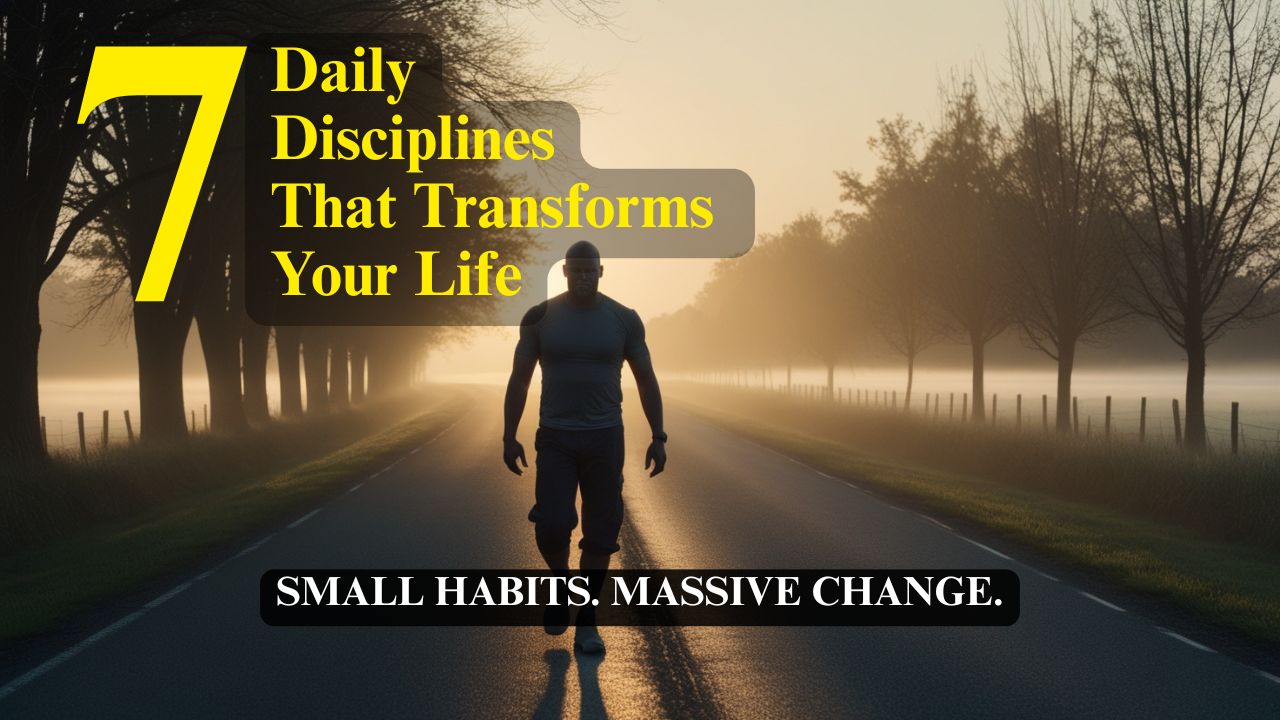
7 Daily Disciplines That Transform Your Life
The power to act with intention, to align your actions with your values, and to move steadily toward a life of purpose—even on days you don't feel like it.
Read Full Article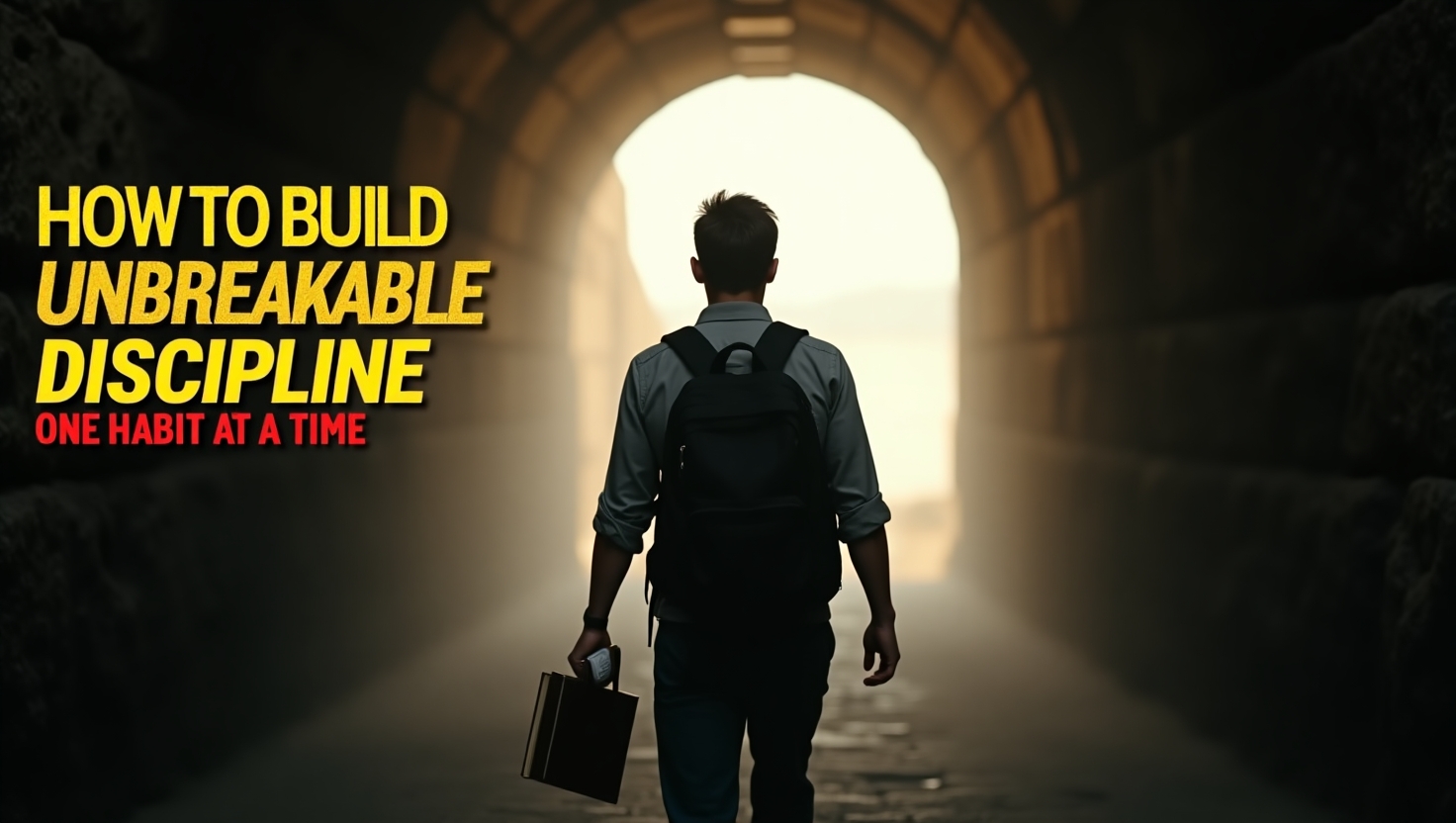
How to Build Unbreakable Discipline
Discipline is built—habit by habit, choice by choice, day by day. And the most powerful kind? The kind that doesn’t crack under pressure. The kind that becomes part of who you are.
Read Full Article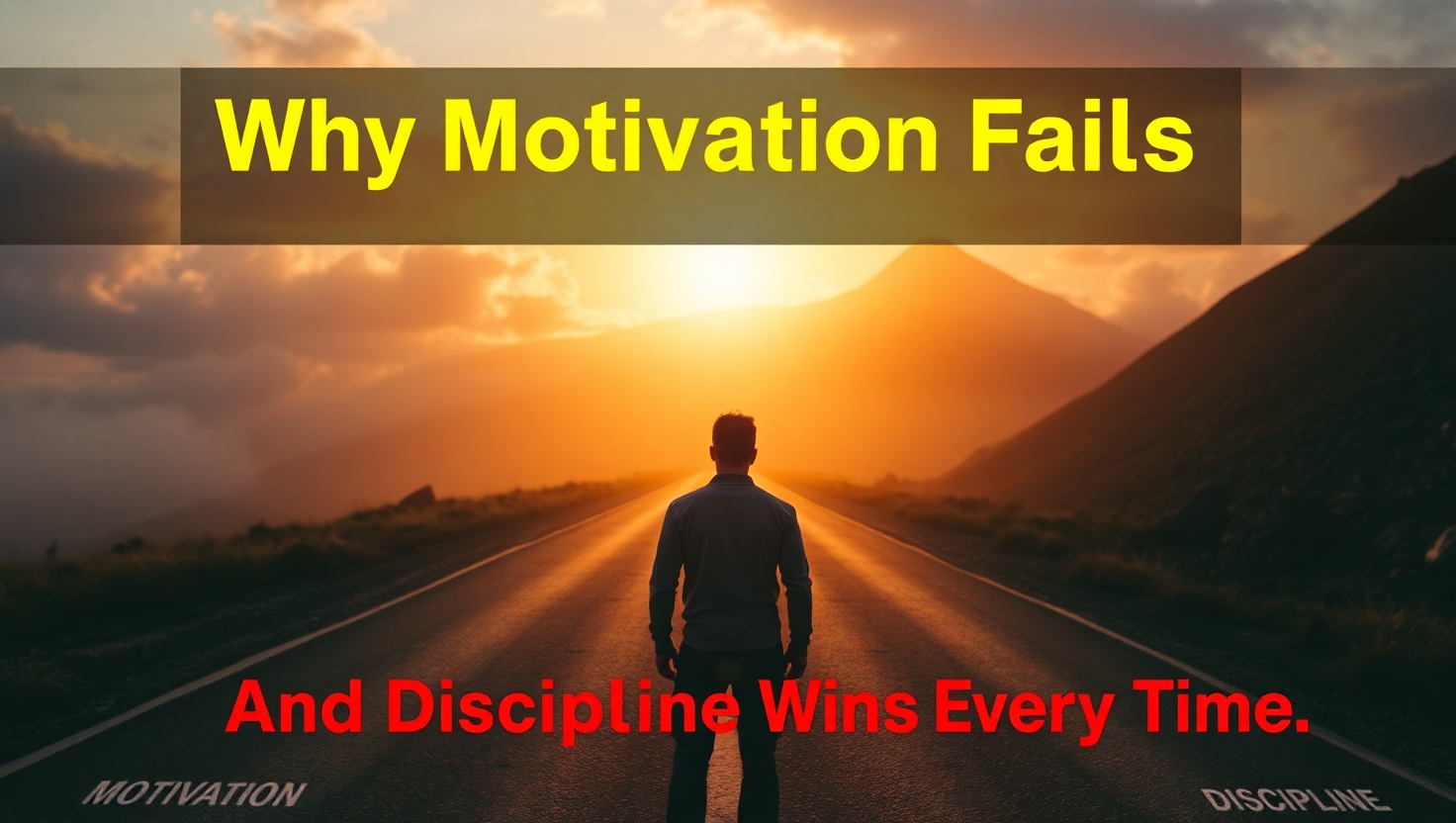
Why Motivation Fails And Discipline Wins Every Time
We all love the feeling of motivation—that surge of energy, that rush of inspiration that makes everything seem possible. But here’s the problem: motivation is unreliable. It’s emotional. It comes and goes. And if your goals rely on you “feeling like it,” you’re already in trouble.
Read Full Article
Discipline Over Desire
Desire is loud. It burns bright, talks fast, and loves to dream. But desire alone doesn't achieve much. Every person has desires. Very few have the discipline to bring them to life.
Read Full Article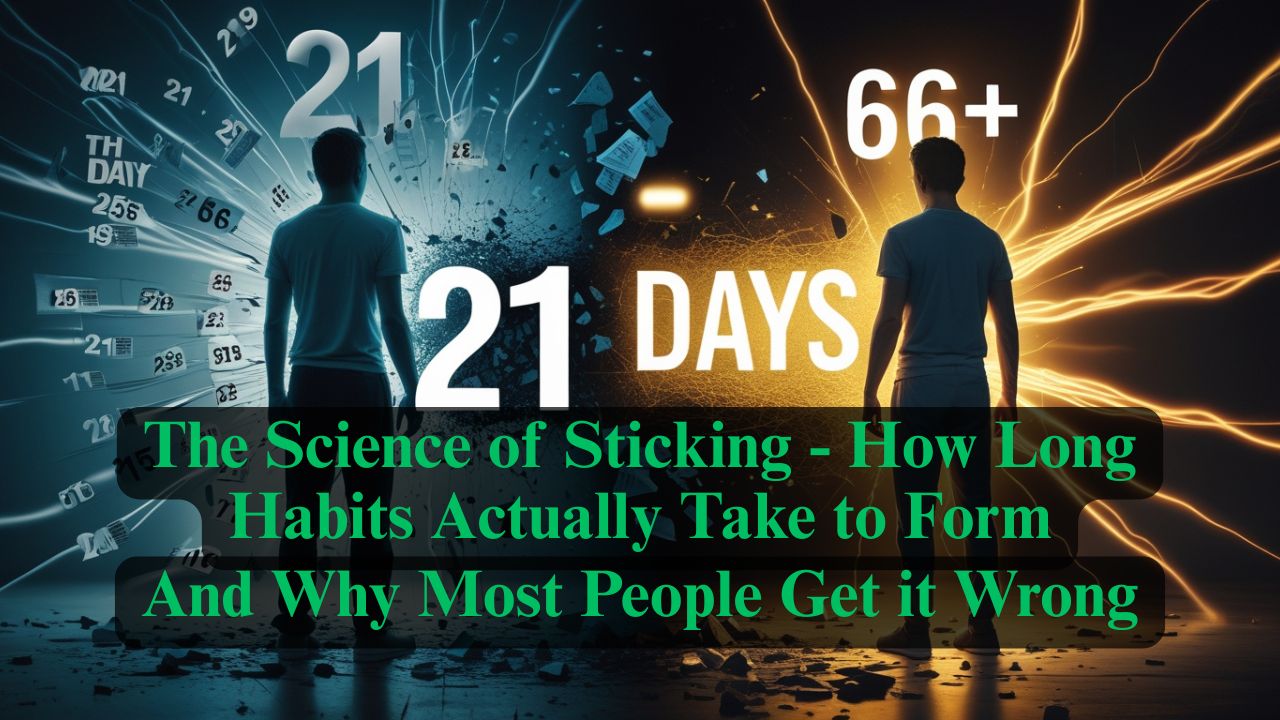
The Science of Sticking
If you've ever tried to build a new habit, you've probably heard that it takes 21 days. This number gets thrown around so often that it feels like scientific fact.
Read Full Article
The Stacking Strategy
What if I told you that the habits you already have—even the ones you consider "bad"—could become the secret weapons for building the habits you want?
Read Full Article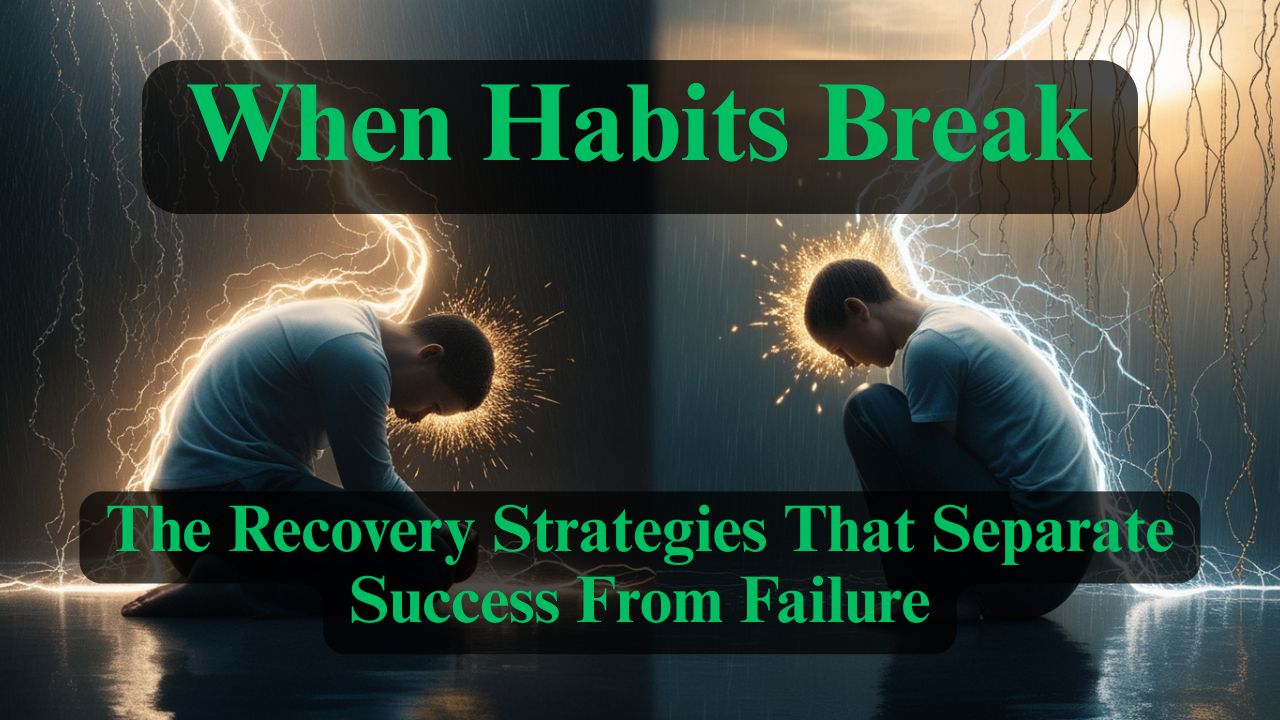
When Habits Fail - The Recovery Strategies That Separate Success From Failure
Here's what nobody tells you about building habits: you will fail. You'll miss days. You'll fall off track. You'll have weeks where everything falls apart.
Read Full Article
The Ultimate System - Designing a Life Where Good Habits Are Inevitable
You've learned to recognize habits, understand their formation timeline, stack them strategically, and recover from setbacks.
Read Full Article